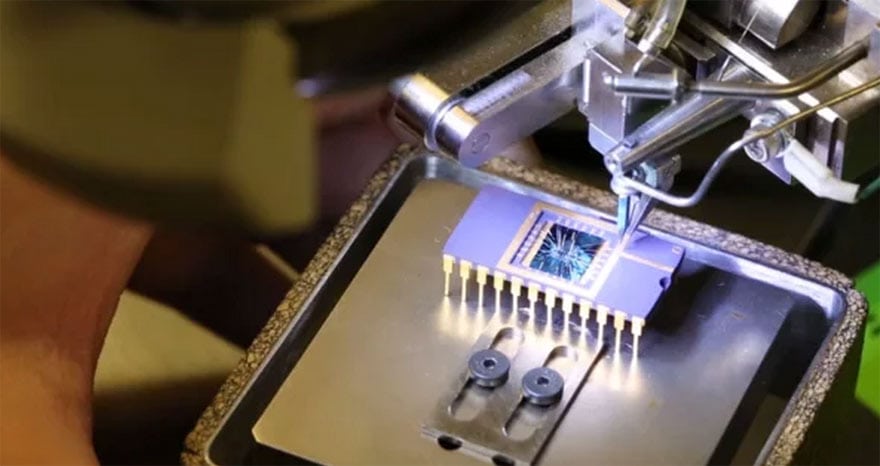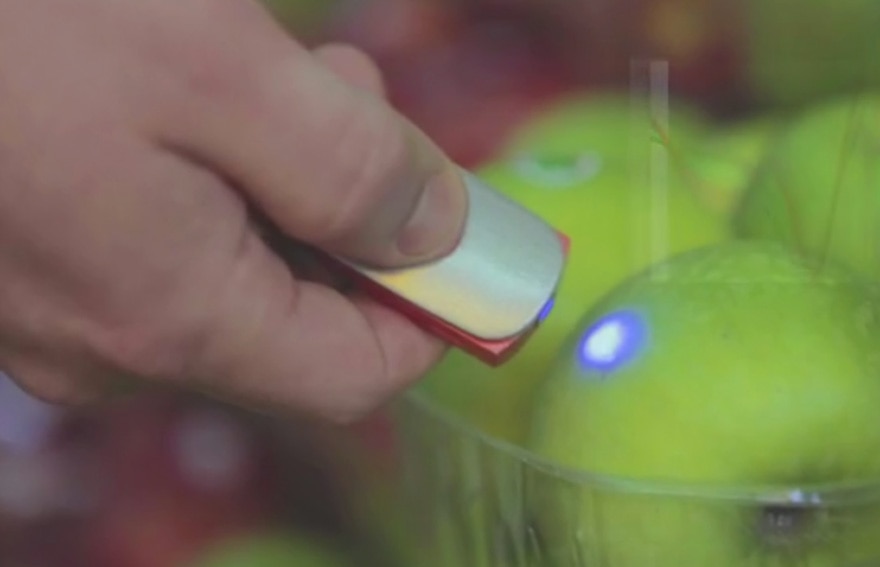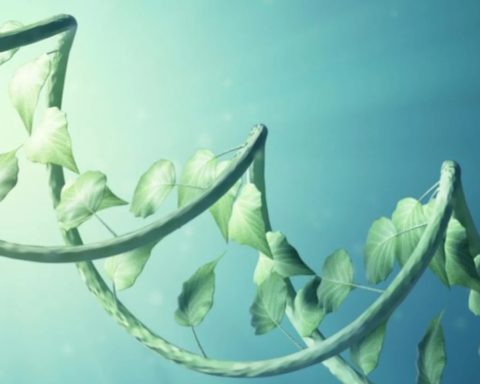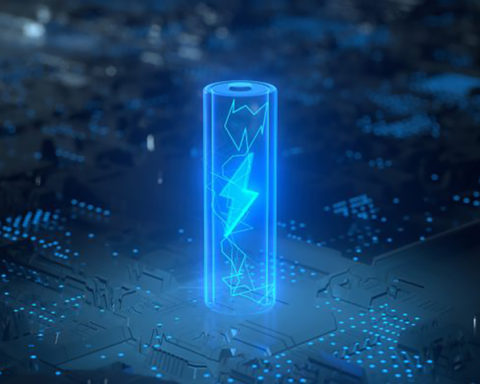A startup in Santa Fe, New Mexico (USA) has just made an announcement that could turn the world of IT upside down. Knowm is a young company pioneering new generations of computer components. The dream of its founder, Alex Nugent, is to build computers that mimic the human brain. And to achieve this, he invented a new generation of memristorselectronic components that work much like our neurons. Explanation.
Ahile most of the IT giants, led by IBM and HP, are working on the next quantum computer, Knwom's teams do not believe in this future. For them, the future of the computer rests on memristors. Today (and since the middle of the 20th century) the fundamental electronic component of the computer is the transistor. This component has always remained particularly rustic since it does not retain any information. It is open or closed. It is the famous concept of the 1's and 0's of the binary language.
Memristors, unlike their transistor ancestors, have memory. Like our neurons, they remember the connections established between them, even when the computer is off. Endowed with this new but nevertheless fundamental quality, the computer, since it remembers, can learn, and over time remember the most efficient connections between components according to the requested requests.
These memristors weren't born yesterday. They were discovered in their theoretical aspects in the 1970s and created concretely in 2008 by teams of HP engineers.
What is new in the advance announced by the teams of Kwom is that these memristors can work in both directions and not only one way as it was the case until now. For Alex Nugent, this is a giant step forward because this technology "opens the door to automatic learning and extremely powerful and cost-effective artificial intelligence". He unabashedly adds to the magazine Fortune "We're going to be able to do what the brain does".
It's up to the startup to convince the giants of the computer industry. It won't be easy because most of them work with traditional transistors, which they have improved to the extreme. This is the case of IBM, which has managed to store the equivalent of 48 million neurons in the memories of its new computer, Truenorth. This allows him to perform several complex tasks requiring learning, such as voice or face recognition.
The battle of tomorrow's computer is not about to end.
Login
0 Comments
Inline Feedbacks
View all comments












